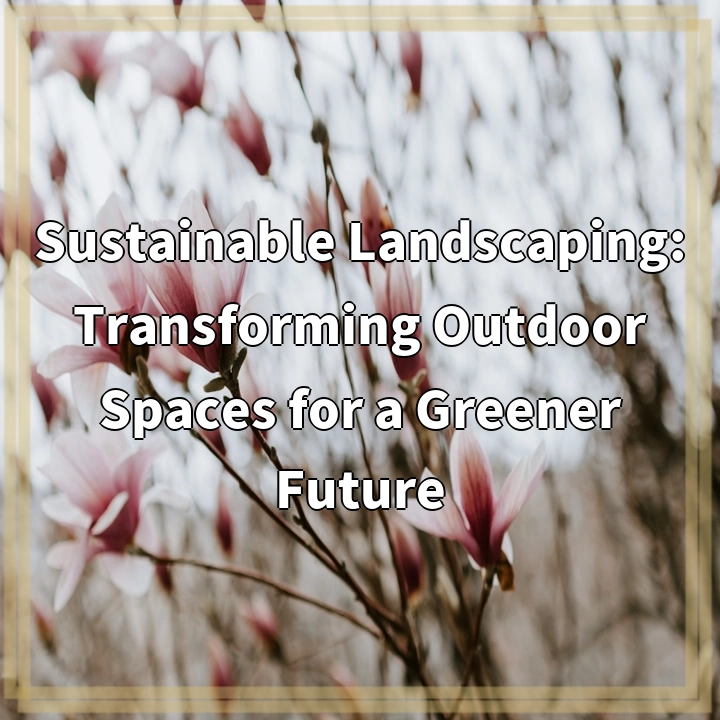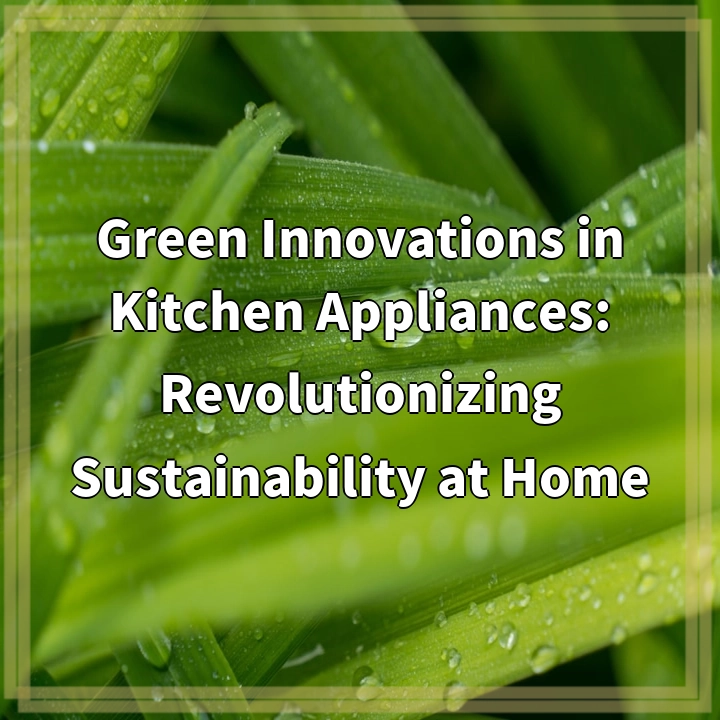
What it is:
Sustainable landscaping is an approach to gardening and land management that prioritizes environmental health, resource conservation, and biodiversity. It involves designing outdoor spaces that are not only aesthetically pleasing but also ecologically responsible. Sustainable landscaping practices aim to reduce water usage, promote soil health, minimize waste, and create habitats for wildlife. This holistic approach incorporates native plants, organic gardening techniques, and eco-friendly materials to create landscapes that thrive while safeguarding natural ecosystems.
Key Principles of Sustainable Landscaping
Some essential principles of sustainable landscaping include:
- Utilizing native and drought-resistant plants that require less maintenance and water.
- Implementing efficient irrigation systems to conserve water.
- Enhancing soil health through organic practices and composting.
- Designing landscapes that promote biodiversity, including habitats for local wildlife.
- Using eco-friendly materials and reducing the use of chemicals and pesticides.
Real-World Problems
Despite the numerous benefits of sustainable landscaping, several real-world problems hinder its widespread adoption.
1. Water Scarcity
In many regions, water scarcity is a pressing issue, making it challenging to maintain traditional landscapes that require extensive irrigation. Sustainable landscaping practices can alleviate this issue by promoting xeriscaping and the use of drought-resistant plants, but resistance to change and traditional gardening habits often persist.
2. Soil Degradation
Over time, conventional landscaping methods can lead to soil degradation, including nutrient depletion and erosion. This poses challenges for sustainable landscaping, as healthy soil is essential for plant growth. Educating gardeners and landscapers on soil health and organic practices is crucial to overcoming this barrier.
3. Urbanization
Rapid urbanization has reduced green spaces in cities, leading to habitat loss for various species and increased environmental stress. Implementing sustainable landscaping solutions in urban areas is vital but often faces challenges due to limited space, regulations, and existing infrastructure.
4. Awareness and Education
Lack of awareness about the benefits of sustainable landscaping can hinder its growth. Many people remain unaware of the advantages it offers for environmental health and personal well-being. Increasing community education and outreach can help change perceptions and encourage sustainable practices.
5. Economic Considerations
The initial costs of transitioning to sustainable landscaping methods can deter property owners and developers. While these practices often save money over time through reduced maintenance and water bills, the upfront investment can be a significant barrier. Financial incentives and support from local governments can help facilitate this transition.

Solutions to Enhance Sustainable Landscaping
Implementing sustainable landscaping practices can address the challenges faced in transforming outdoor spaces into eco-friendly environments. Here are some effective solutions:
1. Water Conservation Techniques
Utilizing smart irrigation systems, such as drip irrigation or rainwater harvesting, can significantly reduce water usage. Incorporating xeriscaping and selecting drought-tolerant plants can also enhance water efficiency in landscaping.
2. Promoting Soil Health
Adopting organic gardening practices, such as composting and mulching, helps enrich soil quality and prevent degradation. Regular soil testing and amendment can ensure optimal nutrient levels for plant growth and sustainability.
3. Utilizing Urban Green Spaces
Enhancing existing urban areas with green roofs, vertical gardens, and community gardens can increase biodiversity and mitigate the effects of urbanization. Collaborating with local governments and organizations can facilitate the establishment of such initiatives.
4. Education and Community Engagement
Raising awareness through workshops, seminars, and social media campaigns can inform the community about the benefits of sustainable landscaping. Engaging with local gardening clubs and schools can foster a culture of sustainability and encourage collective action.
5. Financial Incentives and Support
Governments can introduce subsidies, tax breaks, or grants to support property owners and developers in adopting sustainable landscaping practices. Creating programs that ease the financial burden can drive more widespread adoption.















